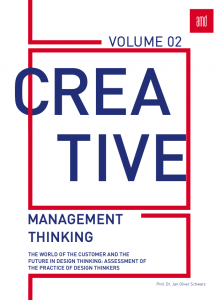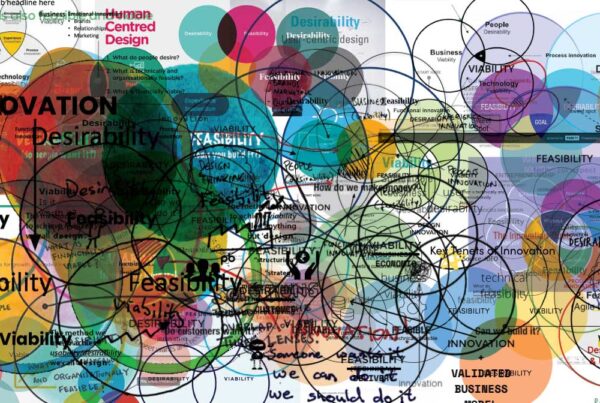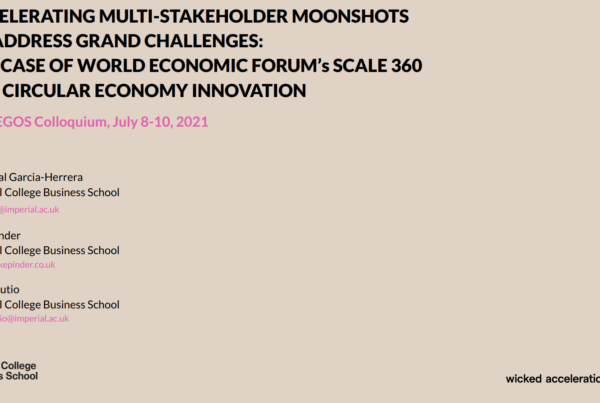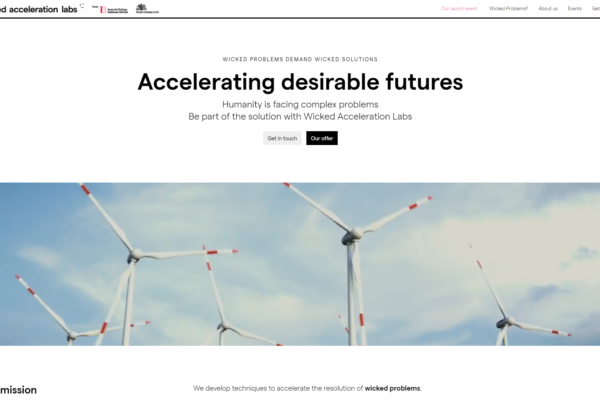Last year I participated in a quantitative research study by Dr Jan Schwarz into the role of the customer in the use of Design Thinking and how it is used to manage knowledge and uncertainty as a process.
This is useful for other practitioners in the field to understand how it is continuing to evolve as an approach to problem solving and innovation outcomes.
Abstract
“While design thinking appears to have been widely adopted in practice, academia seems to be lagging behind. In this research we investigate two aspects of the practice of design thinkers: How do design thinkers assess the ‘world of the customer’? How do they deal with the uncertainty associated with the future? Based on a survey of 302 design thinkers, our study reveals that design thinkers can be found in both small and large organizations. In our sample, 50% of design thinkers have more than five years of experience, and roughly one-third have a management background. Although ethnographic research can be time-consuming, this remains the preferred methodology to understand the world of the customer. Further, while a literature review provides little evidence of the usage of foresight tools in design thinking, it appears that design thinking projects do rely on tools from corporate foresight, such as scenario planning, to assess the future.”
Published in AMD Academy Fashion and Design






